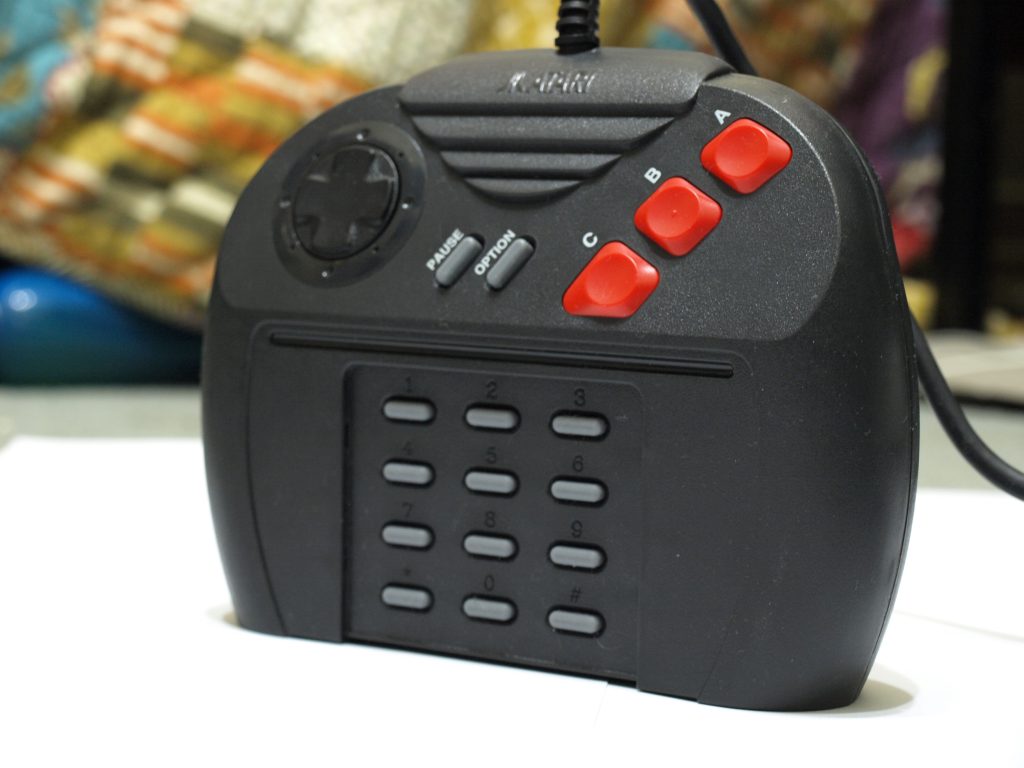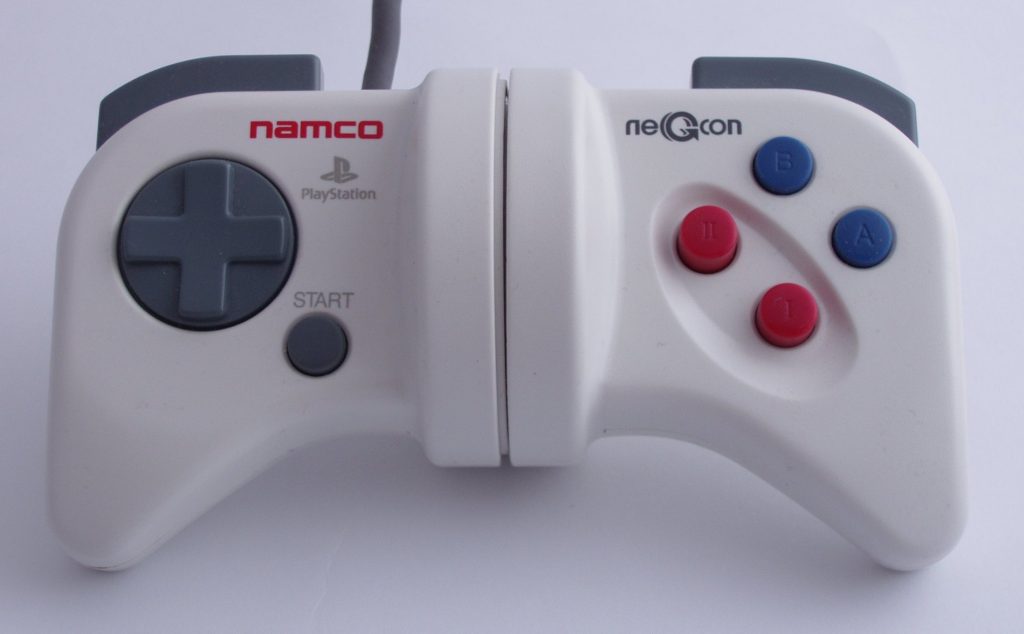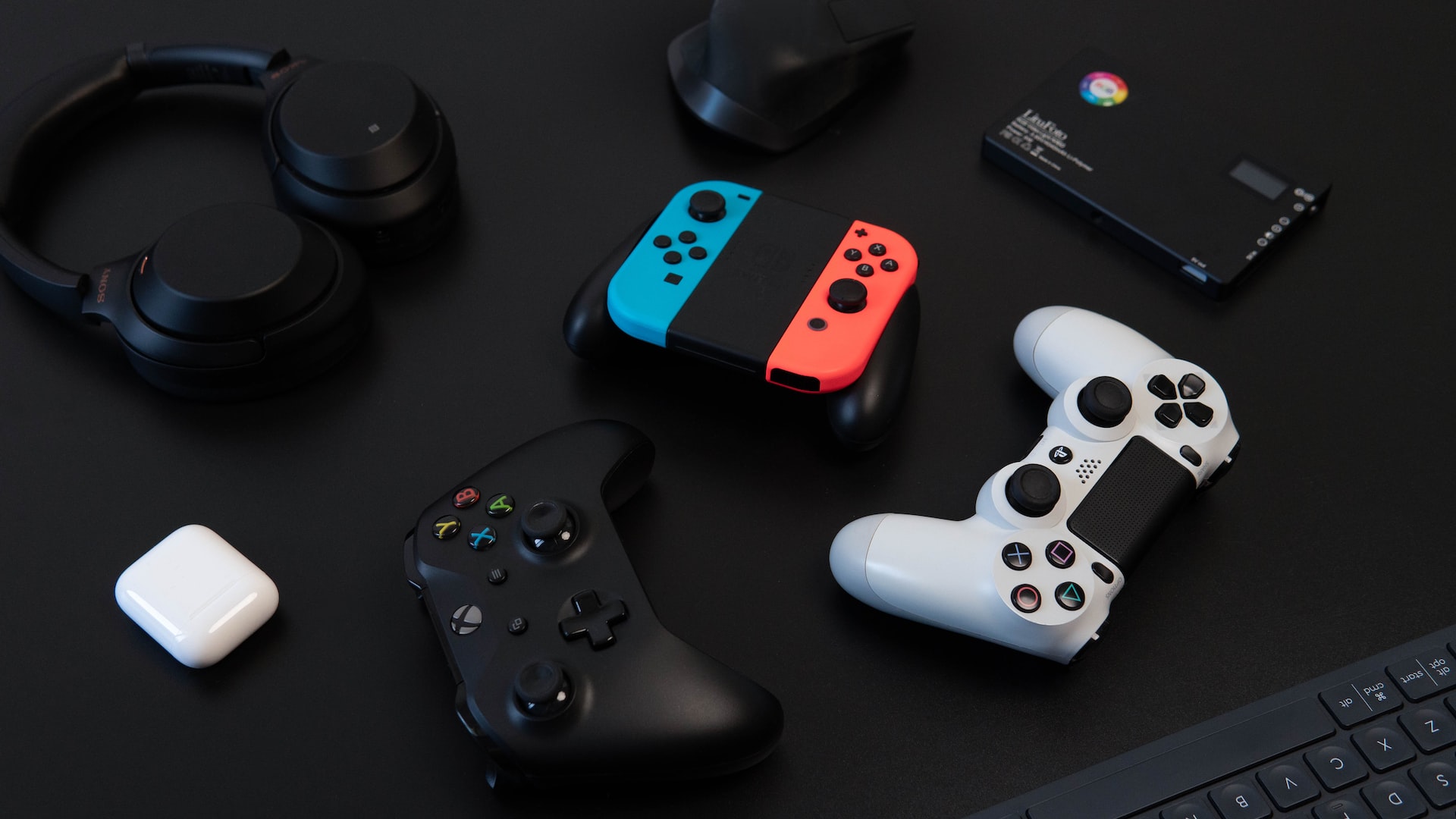We continue to see new iterations of controllers as new generations of gaming hardware are released, but are the best controllers the ones that come in the box? Or are third-party controllers providing a better experience?
There has been quite the evolutionary journey in design for video game controllers, from the keypad features of the Atari 5200 to the current generation controllers such as the Dualsense which boasts haptic capabilities. Over the years we have truly seen the good, the bad, and the ugly when it comes to controllers.
Inspiring this trip down controller memory lane is the recent announcement of Razer’s new third-party PS5 controller. Razor has made numerous high-end controllers in the past with the Wolverine V2 pro being the next iteration.
What’s included
The controller includes rear paddle buttons (Often popular with high-end variants) and swappable thumb pads. The controller also offers a hyper-speed wireless connection through its USB Type-A dongle, and various other features such as a slide lock to allow players to spam trigger commands faster. Sounds pretty neat right? Well, it should because it comes at a price, $250 to be exact.

Pretty pricey for a controller, and when you take into account the official DualSense Edge — which offers similar features such as personalisation options with button mapping and fine-tuning stick sensitivity — it does make you wonder if the Wolverine V2 pro is offering enough to warrant the extra $50. If we indulge for a moment though, these types of high-end controllers are often aimed at more competitive players. The addition of paddles and the ability to remap buttons can help players who are into competitive gaming and the Wolverine V2 pro design resembles an Xbox controller far more than a PlayStation one, which could appeal to those who don’t enjoy the feel of the PS controller and layout.
Stick drift despair
It’s a shame that there are no hall effect joysticks featured, as currently neither of the official first-party offerings have them either, and such an addition could warrant the steeper price tag. Hall effect joysticks can be used rather than the standard analogue ones. Most gamers have experienced the dreaded moment when a controller develops stick drift, however, with hall effect joysticks the inner components do not physically touch, which means they won’t wear out as a standard analogue joystick would.
The closest we have to an easy fix for stick drift would perhaps be the new DualSense Edge, although hall effect joysticks aren’t on offer, the controller does feature replaceable stick modules making it possible to replace an analogue stick without taking the controller apart.
The controller of the past
Those are the controllers of the present and future though, so let’s go back in time and reflect on the wonderful controllers we have seen in the past – because there have been some odd ones. One of these came out in the year 1993, the Atari Jaguar controller. Now I’m not blaming the death of Atari on this controller but it is worth a mention that the once widely popular Atari never released another console after the Jaguar. RIP. Starting with the positive, the Jaguar controller did attempt to cater to more complex gaming by offering more functionality, but the result was a weird answering machine-looking design. The controller was not ergonomic in the slightest and displayed 20, yes 20 buttons! That’s not including the two triggers and the d-pad.

Another weird but almost wonderful controller was the Namco neGcon. When the PlayStation was released in 1994 it presented a massive leap in gaming capabilities and racing games, in particular, were able to dive into better 3D environments. However, the d-pad design of the PlayStation controller was never really fitting with that of a racing game. In 1996 Sony did release its first analogue joystick, however, the design was closer to that of a flight stick and didn’t particularly feel good in racing games. PlayStation also didn’t release the iconic Dual analogue Controller until 1997 so for all those years the official controls felt somewhat lacking for racing games.
Step in the Namco neGcon controller, its quirky design enabled players to use the controller in a way that felt fitting to racing games, it functions on a swivel joint that allows the controller to be twisted left and right in an attempt to replicate the finer movements of a steering wheel. The almost 360-degree rotation offered it a far more immersive racing experience than that of a standard PlayStation controller which only worked with a d-pad. While some of the other buttons featured on the pad could sometimes be troublesome, the overall experience with the Namco neGcon was refreshing and it worked with a ton of games like Gran Turismo, Crash Team Racing, and of course Namco games such as Ridge Racer.
The Namco neGcon is a great example of a third-party controller that worked well and also in some ways offered better options than its official counterpart. Some alternative controllers have seen massive success with numerous iterations being released over the years. The popularity of titles such as Street Fighter II saw the Hori Fighting Stick step up to offer a way to put those original arcade-style controllers onto consoles. Their releases began back in the 90s for the Super Nintendo and they still see releases today for the latest generation of consoles.

Players are spoilt for choice
It really does go to show that while the controller we get in the box should be fit for the job, some third-party options can provide a brilliant alternative. Going back to the release of the Wolverine V2 pro, while the price tag is steep, Razor is known for providing good quality third-party controllers. Other popular brands such as Scuff have alternative controllers for both the PS5 and Xbox Series X/S — some of which are compatible with PC play too— these controllers come in a variety of colours and Scuff also allows users to customise their own design, mixing, and matching their own colour schemes.
This isn’t to say third-party options are for everyone, they often come at an increased price and the latest generation of controllers for each of the new consoles provides great offerings right outside of the box. However, for those interested in more competitive gaming, a controller with added paddles is a brilliant option. Racing fans can find a ton of fun and immersion with the likes of Logitech‘s G29 Driving Force racing wheel. Switch fans are not being left out either with numerous third-party controllers on the market such as the retro style 8BitDo Pro 2 Bluetooth controller that offers comfort and long battery life.
So be you a console player or a Nintendo fan, there’s truly an ocean of options out there for players when it comes to controllers, each with its own quirks in design and price tags to contend with.
Paige Cook is a writer with a multi-media background. She has experience covering video games and technology and also has freelance experience in video editing, graphic design, and photography. Paige is a massive fan of the movie industry and loves a good TV show, if she is not watching something interesting then she's probably playing video games or buried in a good book. Her latest addiction is virtual photography and currently spends far too much time taking pretty pictures in games rather than actually finishing them.



































